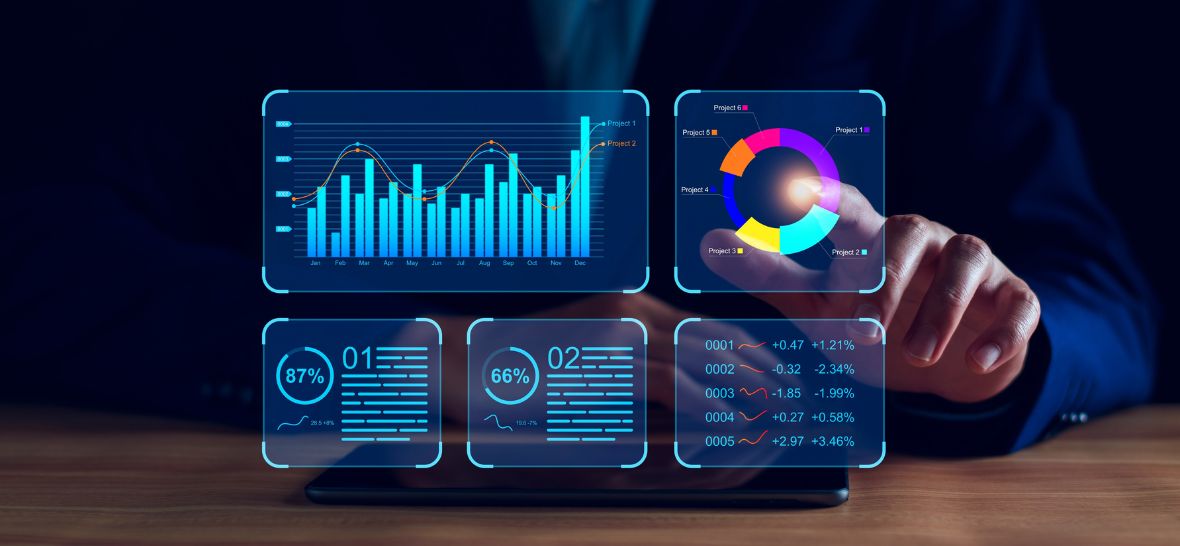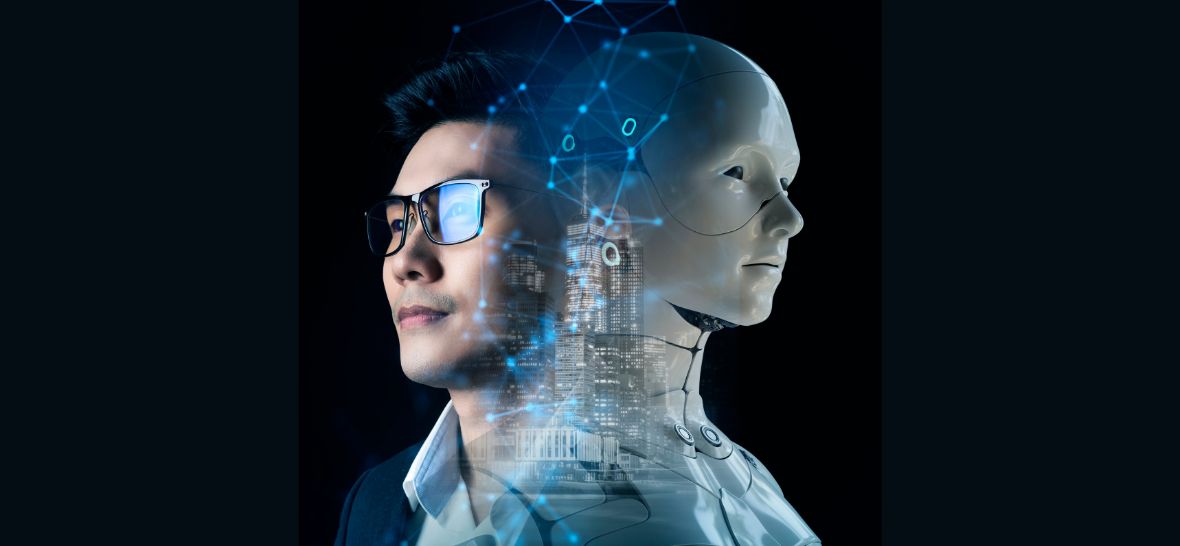Digitisation has unlocked several possibilities but also makes IT operations more challenging. Most enterprise IT teams face severe pressure from many fronts. DigitisationDigitisation entails considerable investments in digital-first products and services. The IT team has to align such investments with business objectives. They have to accelerate IT operations to realise returns from such investments. Competition has become cut-throat in today’s digital era, making efficiency improvements inevitable. Also, customers, attuned to the digital world, have become impatient and demanding. The increasing demands for personalisation increase the complexities of enterprise tasks.
Artificial intelligence (AI) has become a game changer in this context. Recent Enterprise Strategy Group research, sponsored by Dynatrace, estimates that 85% of enterprises use or plan to use AI in AI operations and other functional areas.
Most early AI use cases involve automation and task optimisation. The technology used is causal AI with rule-based predictive analytics algorithms. These first-generation AI applications do data analytics, pattern recognition, or basic automation. They excel at crunching numbers and identifying trends but cannot go beyond these basic tasks. They remain incapable of performing complex queries or understanding context.
GenAI or Generative AI, the new enabling AI technology, goes beyond rule-based algorithms. These advanced tools improve outcomes and unlock several use cases. It leverages natural language processing and advanced analytics for adaptive, intelligent decision-making.
GenAI has already found widespread use in IT operations. In the Enterprise Strategy Group survey, 72% of respondents already use GenAI for IT Operations. 47% of respondents deploy GenAI for cybersecurity, and 30% use GenAI for application development or DevOps.
IT Operations teams using GenAI become more resilient and efficient. They become equipped to streamline operations, solve issues faster, and do more with less.
Advanced automation
Causal automation streamlines repetitive IT operations tasks. GenAI enables the automation of higher-level tasks. Some popular use cases include feature engineering, code development, and incident response.
Traditional IT ops need manual intervention for coding, monitoring, troubleshooting, and incident management. Generating code is one of the earliest and most popular GenAI use cases. GenAI generates codes based on user prompts and can test existing codes’ veracity. In troubleshooting and incident response, the algorithms learn from previous interactions. It anticipates issues and enables remediation before issues escalate. Such a proactive approach reduces downtime and enhances system performance.
GenAI’s automation improves accuracy, streamlines resource allocation, and boosts efficiency. IT team members get more time to focus on higher-value tasks.

Better analytics
The purpose of data analytics is to drive meaningful insights from data for informed decision-making. AI’s ability to analyse huge data volumes makes it the choice for analytics. AI-powered algorithms uncover patterns and anomalies not visible through conventional tools.
But casual AI and predictive analytics tools often need significant manual intervention. Preparing data for analytics, defining parameters, and interpreting results involve considerable human work. This can also limit their scalability and efficiency.
GenAI takes analytics to the next level. It provides actionable recommendations based on analytical insights. Common use cases include predicting system failures, optimising resource allocation, and identifying threats. Such insights allow enterprises to stay agile and responsive.
More efficient production
Production usage of GenAI in IT operations is ramping up.
In the Gensoft-sponsored survey, 60% of respondents used GenAI tools such as Gemini and ChatGPT in production. The main use is in natural language querying interfaces. Popular use cases include chatbots, ticket triaging, incident responses, and root cause analysis.
With state-of-the-art tools such as Dynatrace, which co-opts GenAI, work that previously took hours gets done in minutes. Comprehensive end-to-end visibility simplifies identifying critical components and monitoring database performance. Consider correlating logs for data analytics. 45% of survey respondents find collecting and correlating logs for data analytics a burdensome task. A log management and analytics platform such as Dynatrace makes it super-easy to ingest and analyse log data. Dynatrace Grail allows enterprises to ingest data without predefining schema. Dynatrace Davis AI allows enterprises to go beyond simple event correlation. It makes identifying the root cause of problems in applications and infrastructure easy.
Improved security
Security has always been a critical function for the IT team. Security stakes have recently increased, with cyber criminals launching sophisticated attacks.
IT teams have started using AI to strengthen security and thwart attacks. AI analyses vast data to identify patterns and anomalies that might signal a cyberattack. Near real-time analytics allow detection of live threats, keeping the IT team ahead of attackers’ evolving tactics.
GenAI recommends and validates security policies based on specific enterprise needs. When a security incident occurs, GenAI suggests remediation steps. It also streamlines the reporting process, minimising damage and expediting recovery.
Getting security rights with GenAI requires state-of-the-art tools such as Dynatrace. Dynatrace delivers end-to-end observability with AIOps and application security in one unified platform.
Human-machine collaboration
Gen AI facilitates human-machine collaboration and aligns humans and machines to work towards the same goal. The first-generation rule-based algorithms replace humans. As such, their use cases remain limited. Gen AI does not replace human operators. Rather, it complements their expertise by augmenting their capabilities. GenAI makes human-machine collaboration seamless through natural language processing and intuitive interfaces. Taking human input and acting on it enables faster problem-solving. Decision-making also improves. A positive spin-off is a culture of innovation and continuous learning.
One manifestation of human-machine collaboration at work is to make IT systems scalable. In today’s dynamic and fluid business environment, businesses must act fast to seize opportunities. Quick movement depends on agility and ready scalability. First-generation rule-based automation does not work in today’s unpredictable environment. Gen AI facilitates workload optimisation to make enterprise IT resources agile and scalable. GenAI adjusts resources based on the user’s changing needs and priorities. Enterprises can achieve optimal resource utilisation.
GenAI has already become mainstream in IT operations. 60% of enterprises already have GenAI in production, 26% have GenAI in the pilot phase, and another 11% plan to adopt GenAI within the next 12 months. GenAI platforms such as Dynatrace enable paradigm changes in how CIOs and IT Operations teams work to realise enterprise goals.












